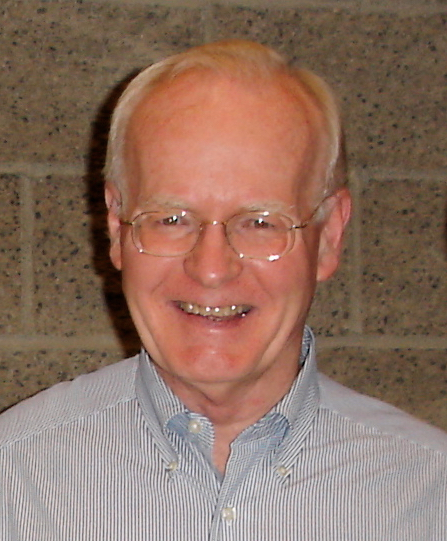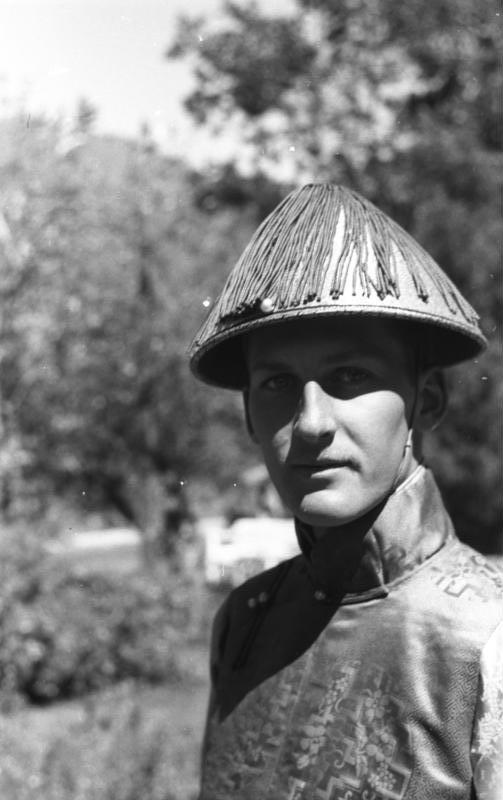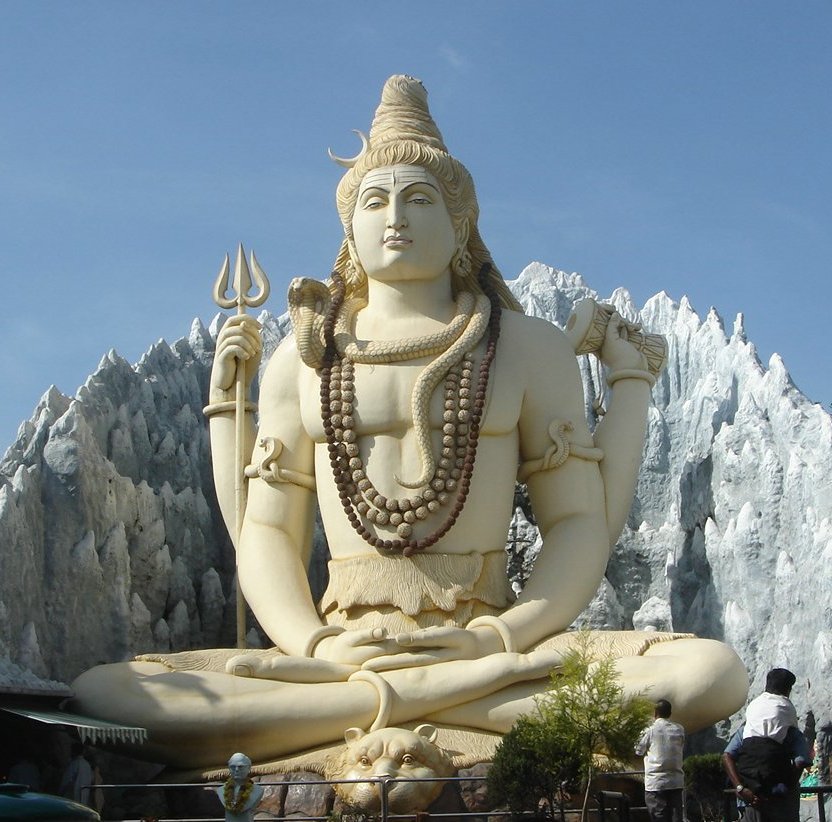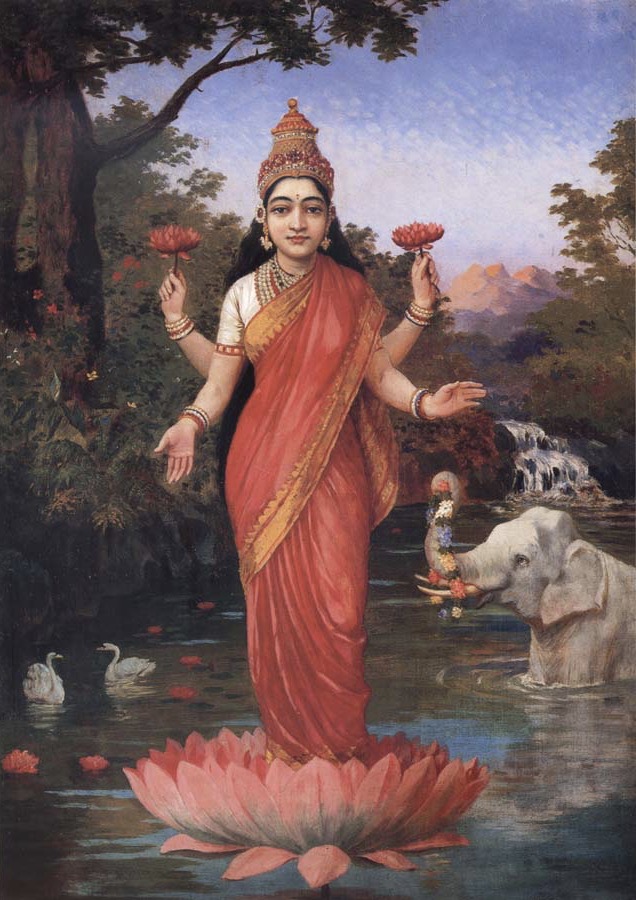"Deep Religious Pluralism" is a collection of articles arguing in
favour of religious pluralism from the standpoint of process theology, a
liberal Christian school of thought based on the philosophy of Alfred North
Whitehead. Other important process thinkers include Charles Hartshorne, John
Cobb and David Ray Griffin. While Whitehead and Hartshorne weren't explicitly
Christian, both Cobb and Griffin see themselves as Christian theologians, hence
process "theology".
My, perhaps unkind, summary of Whitehead's "philosophy of organism"
is that it's an evolutionary panpsychism with some kind of god tacked on. Since
Whitehead wasn't an explicit Christian, his ideas can appeal to religious
believers from several different traditions. "Deep Religious
Pluralism" contains contributions from Christians, Muslims, Buddhists and
Jews. Some of them identify explicitly with process philosophy. The
contributors are convinced that Whitehead's philosophy as developed by
Hartshorne, Cobb and Griffin could lay the basis for a robust religious
pluralism.
Ironically, it turns out already in the introductory contributions by David Ray
Griffin that there is a plurality of pluralisms. Griffin is critical of what he
calls identist pluralism, according to which all religions are true in the
sense that they are all directed at one "ultimate", usually
identified with the ineffable Nirguna Brahman of Advaita Vedanta. This is the
perspective of John Hick, who sees himself as a Christian, but also of Huston
Smith, Aldous Huxley and other perennialist writers.
Griffin points out, correctly, that this approach isn't really pluralist at
all, since it assumes that the theistic religions are in error! The personal
god of Christianity is really just an aspect (and in a sense an illusory
aspect) of an even higher, impersonal reality. In order to harmonize
Christianity with religions seeking Nirguna Brahman, the identist pluralist is
forced to heavily reinterpret traditional Christian concepts. Somehow,
"God" becomes identical to Emptiness, and salvation in Jesus Christ
becomes the same thing as moksha (liberation from the wheel of rebirth).
However, these concepts seem to be so far apart, that it's difficult to see how
they can be harmonized without one becoming subordinate to the other. Griffin
is also worried about the ethical implications of Hick's position, since the
Real (to use Hick's term) seems to be beyond good and evil. He also criticizes
Hick for incoherence: if the Real is so ineffable that nothing positive can be
said about it, in what sense could it be a meaningful goal for spirituality at
all?
Griffin's calls his alternative to identist pluralism "deep
pluralism". According to Whithead's process philosophy, there are three
ultimates, not just one: God, creativity and the world. Theistic religions seek
God, while non-theistic religions seek "creativity" (identified by
Griffin with the Mahayana notion of Emptiness or Shunyata). The third ultimate,
the world, is not discussed at length by the contributors to this volume, but I
suppose it could be connected to Wicca, eco-religion or naturalistic pantheism.
In this sense, then, all religions are "true", since they are all
directed at a real ontological ultimate. Griffin points out that Aurobindo had
mystical experiences of all three ultimates, and another contributor mentions
Ramakrishna as another example of a person who could "switch" between
personal and impersonal forms of spiritual realization. Since both Aurobindo
and Ramakrishna were (frankly) pretty wild, I find it almost entertaining to
see them referenced in a work by respectable liberal theologians. But then, perhaps
you need a wild side to realize all three ultimates?
Personally, I found Griffin's articles to be contradictory on several points.
He rejects the eminently sensible proposal that God has two aspects, one
personal and the other impersonal, since no established religion claims this.
This position would therefore make all religions wrong! It would be a kind of
pluralism of ignorance. I beg to disagree. First, some religious thinkers do
seem to believe that the Divine have two aspects of this kind. On a very good
day, Huston Smith takes this position. Aurobindo and Ken Wilber could be other
examples. Second, even if a certain position would make all established
religions wrong, so what? Maybe they are wrong. Process philosophy is
evolutionary, so perhaps our knowledge of the Divine evolves, too. Third,
Griffin's rejection of the Divine having both personal and impersonal aspects
strikes me as incoherent, since *Griffin himself* seems to have a similar
position. While claiming that there are three distinct ultimates, Griffin also
says that the ultimates entail each other. Thus, God cannot exist without
Creativity or the World, anymore than Creativity or the World can exist without
God. In non-process terminology, theism and non-theism are both...well, equal
aspects of the Divine.
Another problem with deep pluralism is that, arguably, there is also a fourth
"ultimate": experiences of the demonic. The process theologians
accept Aurobindo's and Ramakrishna's mystical experiences as empirical evidence
for the three ultimates of Whitehead's philosophy, but Satanists claim that
evil is the ultimate reality, and they too have mystical experiences. Process
theologians would reject these visions, perhaps for ethical reasons. But what
are these ethics based on? The World? Creativity? Even Griffin seems to believe
that ethics are based on the personal god of theism. He quotes Cobb saying that
Emptiness in Mahayana Buddhism is always connected to wisdom and compassion,
two presumably ethical phenomena which Cobb then connects to God. If ethics are
based on God, or the personal aspect of God, this "ultimate" is by
implication higher than the two others. If so, why not say so? Presumably
because saying so would undercut the pluralist project of reconciliation
between personalists and impersonalists. (There's a paranoid fear of being
"imperialistic" throughout this collection.)
Finally, it's unclear what "deep" pluralism entails in practice.
However, it seems that one common strategy is eclecticism. Thus, Steve Odin
attempts to combine True Pure Land Buddhism with process philosophy. (He claims
that they are philosophically identical. I'm not overtly familiar with
"True" Pure Land Buddhism, but the regular version doesn't seem to be
compatible with process philosophy, something pointed out in the very next
article by John Shunji Yokota.) For his part, Yokota attempts to combine Pure
Land Buddhism with Christianity, claiming that Amida Buddha is the Christ.
Sandra Lubarsky promotes the Jewish Renewal Movement, an eclectic neo-Hassidic
movement which she wants to win for process philosophy. Jeffrey Long wants to
create an entirely new form of Hinduism, which he calls Anekanta Vedanta. But
Long is simultaneously a member of the Ramakrishna Mission, the main conduit of
Advaita Vedanta in the West (this is not mentioned in the book, but Long points
it out in a debate here at Amazon). The Muslim writer Mustafa Ruzgar wants to
creatively develop Muhammad Iqbal's philosophy with the aid of process
philosophy.
A pattern is emerging...
When the chips are down, it seems that "deep pluralism" is really the
same thing as Whitehead's philosophy, eclectically combined with different
religious traditions. Often, these traditions are themselves highly eclectic
and entirely modern. This is not necessarily a "bad" thing, but I
fail to see in what sense it's really "pluralist". Rather, it's an
attempt by Whiteheadean-Hartshornites to "imperialize" and change all
other religious traditions. Ironically, Hick or the perennialists - who only
believe in one ultimate - are in a sense more pluralist than Griffin & Co.
They could presumably find traditional esoteric groups in all world religions
and create an ecumenical unity among them, while conceding the exoteric ground
to the exclusivists. Many religious traditions would probably see such an
approach as relatively harmless. For instance, Kabbalism is accepted by certain
strands of Judaism, Sufism is accepted by many Muslims, etc. By contrast, the
deep pluralist process theologians are really trying to create new religious
movements in direct confrontation with the old ones. (Thus, Yokota has great
problems convincing his fellow Buddhists that Amida really is the Christ.)
Personally, I don't mind confrontation per se, but let's be serious for a
change and don't call it pluralism. It's process theology out to conquer the
world, come hell or high water. Whitehead contra mundum.


.JPG/242px-Taxidermy_mounted_tiger_17_June_2021_(10).JPG)




_and_cygnets.jpg)




